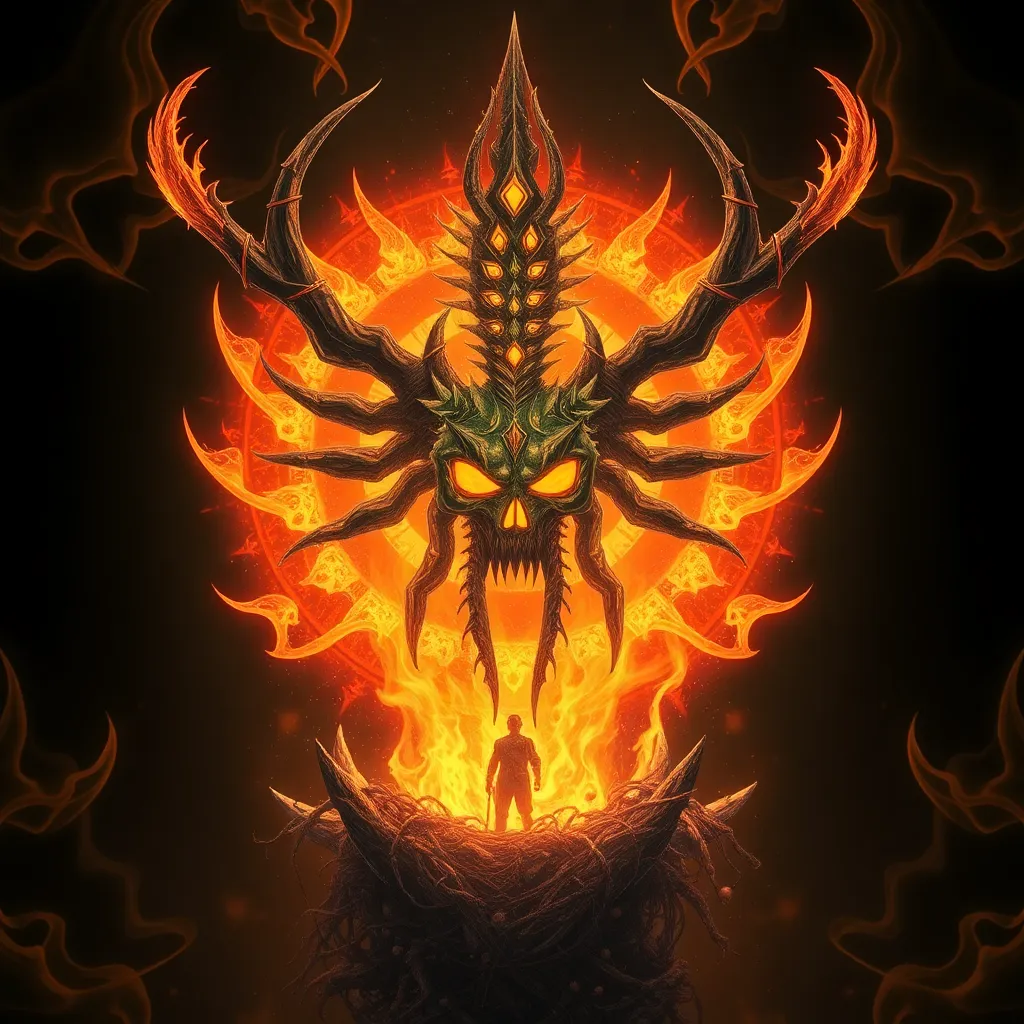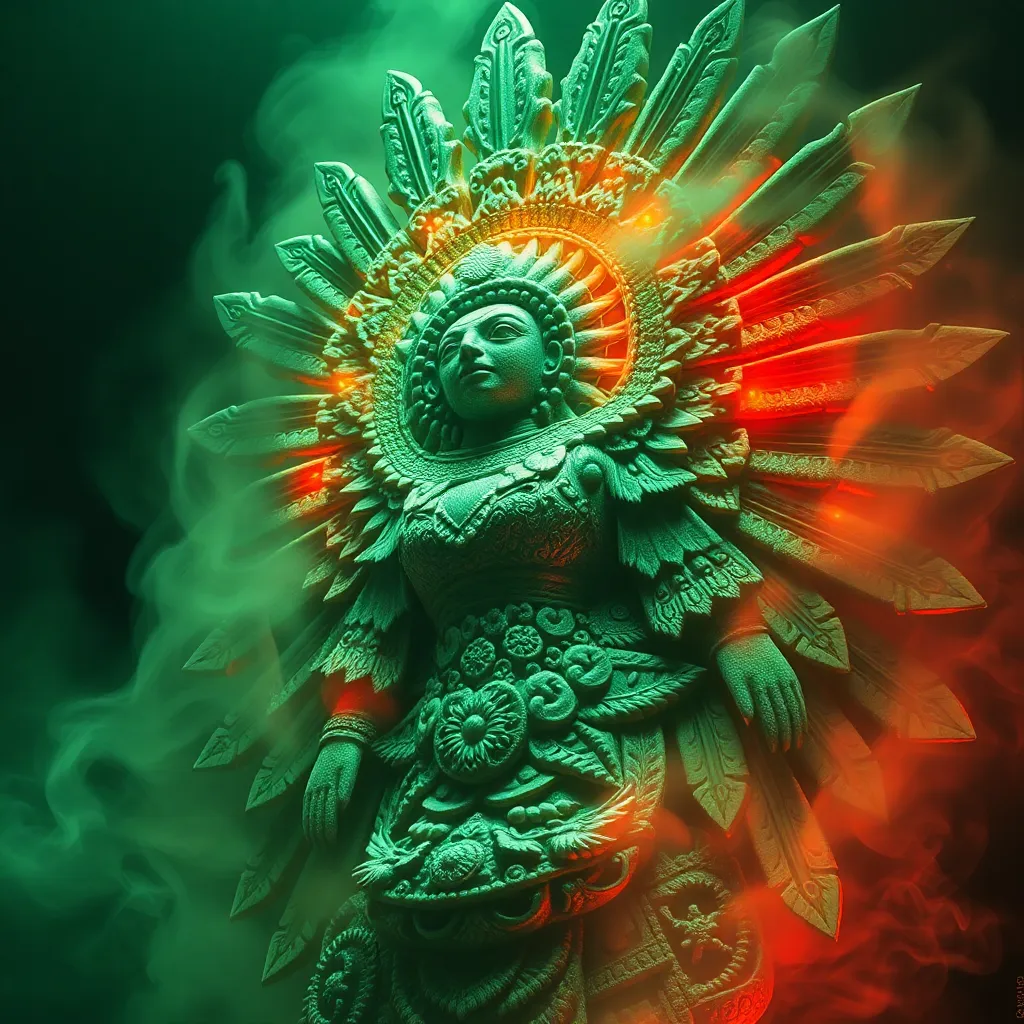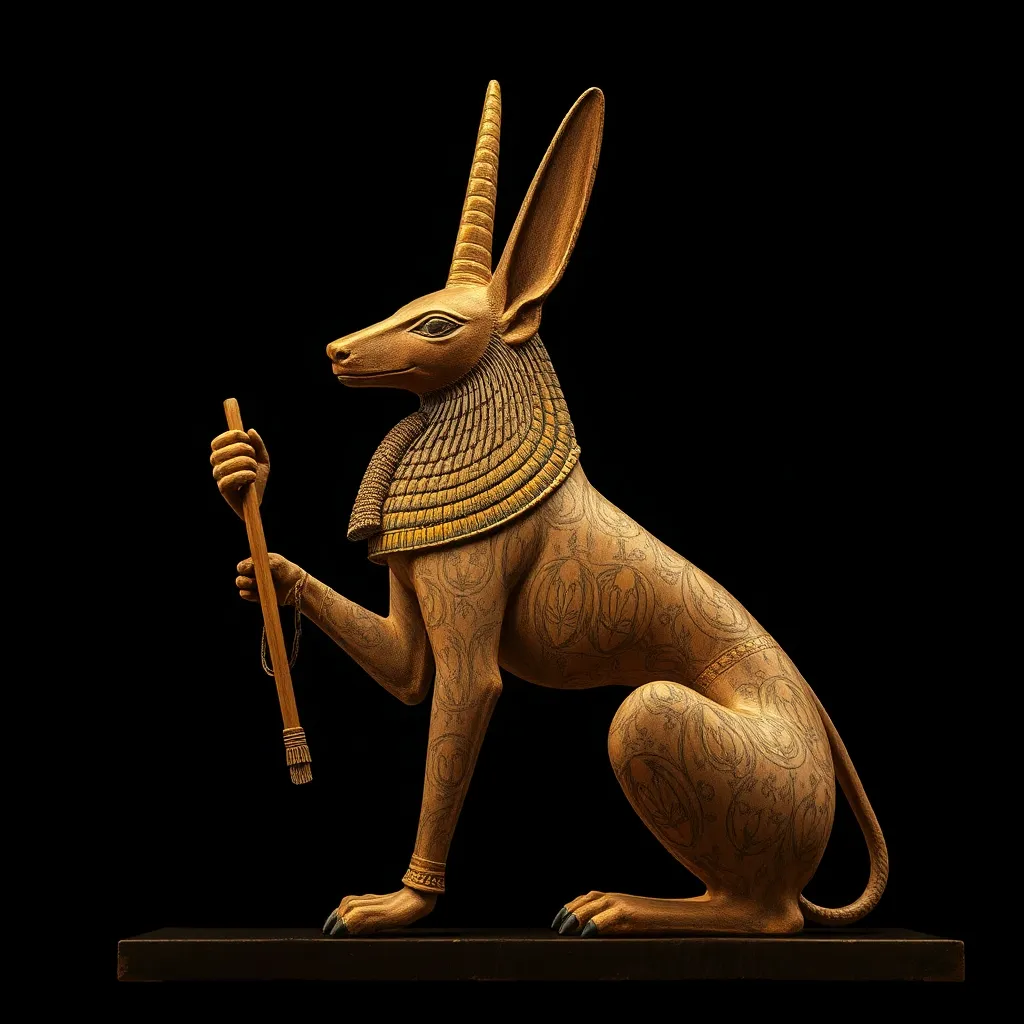The Psychology of Ah Puch: Exploring the Fear and Fascination of Death
I. Introduction
Ah Puch, the Mayan deity of death, serves as a compelling figure in the exploration of humanity’s relationship with mortality. As a symbol of the inevitable end that awaits us all, Ah Puch embodies the dual nature of death: it is both a source of profound fear and an object of fascination. This article aims to delve into the psychological impact of Ah Puch, examining how this ancient deity reflects our complex emotions surrounding death.
II. Understanding Ah Puch: The Mayan God of Death
To appreciate the psychological implications of Ah Puch, it is essential to understand his historical and cultural context within Mayan mythology. Ah Puch, often depicted as a skeletal figure adorned with symbols of decay, represents not just death, but the entire cycle of life and rebirth.
A. Historical and Cultural Context of Ah Puch in Mayan Mythology
In Mayan culture, Ah Puch is not merely a harbinger of death but also a significant player in the spirituality and cosmology of the Maya civilization. He is often associated with the underworld, known as Xibalba, where he presides over the dead. His presence in myths and stories reflects the importance of acknowledging death as part of life.
B. Symbolism Associated with Ah Puch
The imagery surrounding Ah Puch is rich in symbolism:
- Skeleton Figure: Represents the inevitability of death.
- Decaying Elements: Symbolize the natural process of decomposition and renewal.
- Black and White Colors: Reflect the duality of life and death.
C. The Role of Ah Puch in Mayan Society and Rituals
Ah Puch played a crucial role in Mayan rituals, which were designed to honor the dead and appease the god of death. These rituals fostered a communal understanding of mortality, promoting both fear and respect for the life cycle.
III. The Psychology of Fear: Death as a Universal Concern
The fear of death is an intrinsic part of the human experience. This fear is often rooted in our innate survival instincts, driving a deep-seated anxiety about the unknown.
A. The Innate Fear of Death in Human Psychology
Psychologists have long studied the fear of death, which can manifest in various ways, from existential dread to phobias. This fear is often exacerbated by the uncertainty surrounding what happens after death, leading to a universal concern that transcends cultures.
B. How Ah Puch Embodies This Fear in Mayan Culture
In Mayan culture, Ah Puch personifies this fear, serving as a reminder of mortality. His terrifying visage and stories about his domain in Xibalba instill a sense of respect and caution towards death.
C. Psychological Theories Explaining Fear of Death
One prominent theory is Terror Management Theory, which posits that humans cope with the fear of death by adhering to cultural beliefs and symbols. Ah Puch serves as one such symbol, allowing the Maya to contextualize their fears and find meaning in the inevitability of death.
IV. The Fascination with Death: Cultural Interpretations
While fear is a natural response to death, many cultures also exhibit a fascination with it. This duality reflects the complex ways in which societies interpret mortality.
A. The Allure of Death in Various Cultures
Throughout history, death has inspired art, literature, and rituals. Cultures worldwide have created narratives and representations that explore death’s mysteries, often celebrating it as a transition rather than an end.
B. Ah Puch as a Figure of Intrigue and Curiosity
Ah Puch, with his macabre imagery and complex narratives, serves as a captivating figure in this fascination. He embodies the darker aspects of existence while also representing the cycle of life, inviting curiosity about what lies beyond.
C. The Impact of Media and Art on Perceptions of Death
Modern media and art continue to explore themes of death, often drawing upon figures like Ah Puch. These interpretations can shape public perceptions, making death a topic of intrigue rather than solely fear.
V. The Role of Rituals and Ceremonies
Rituals play a fundamental role in how cultures confront death. They offer a structured way to process grief and understand mortality.
A. Importance of Rituals in Confronting Death
Rituals serve to honor the deceased, provide closure for the living, and reinforce community bonds. They are essential for navigating the emotional landscape of loss.
B. Specific Mayan Rituals Associated with Ah Puch
The Maya engaged in various ceremonies to appease Ah Puch, including:
- Offerings: Food and goods were left at altars.
- Burial Practices: Elaborate tombs were constructed to honor the dead.
- Dance and Music: Ritual performances to invoke the presence of Ah Puch.
C. Psychological Benefits of Engaging with Death Through Rituals
Participating in rituals can provide psychological benefits, such as:
- Facilitating grief processing.
- Creating a sense of community support.
- Reinforcing cultural identity and beliefs.
VI. Ah Puch in Modern Context: Relevance and Interpretation
The resurgence of interest in ancient deities like Ah Puch highlights the ongoing relevance of these figures in contemporary culture.
A. The Resurgence of Interest in Ancient Deities in Contemporary Culture
In a world where traditional beliefs often clash with modernity, figures like Ah Puch have found new life in various cultural expressions, from literature to film.
B. Ah Puch in Modern Media, Literature, and Art
Ah Puch appears in various modern interpretations, including:
- Books: Novels exploring Mayan mythology.
- Films: Documentaries and movies portraying ancient cultures.
- Art: Contemporary pieces inspired by Mayan aesthetics.
C. Psychological Implications of Reinterpreting Death in Modern Society
The reinterpretation of figures like Ah Puch can influence how society perceives death, potentially fostering a more nuanced understanding that balances fear with acceptance.
VII. Coping with Death: Psychological Strategies and Perspectives
Coping with the fear of death requires a combination of cultural understanding and personal strategies.
A. Methods for Dealing with the Fear of Death
Common methods include:
- Engaging in open discussions about death.
- Seeking therapy or counseling.
- Participating in supportive community activities.
B. The Role of Cultural Figures Like Ah Puch in Coping Mechanisms
Cultural figures like Ah Puch can serve as focal points for discussions about death, helping individuals contextualize their fears and find solace in shared beliefs.
C. Mindfulness and Acceptance as Psychological Tools
Practices such as mindfulness and acceptance can help individuals come to terms with death, encouraging a perspective that embraces life’s transitory nature.
VIII. Conclusion
In summary, Ah Puch serves as a powerful symbol of the psychology of death, encapsulating the fear and fascination that it evokes. Understanding figures like Ah Puch and the cultural narratives surrounding death provides valuable insights into our own lives. It encourages a deeper exploration of the psychological dimensions of death, ultimately fostering a greater appreciation for life itself. The journey through fear and fascination with death is one that can lead to profound personal growth and understanding.



